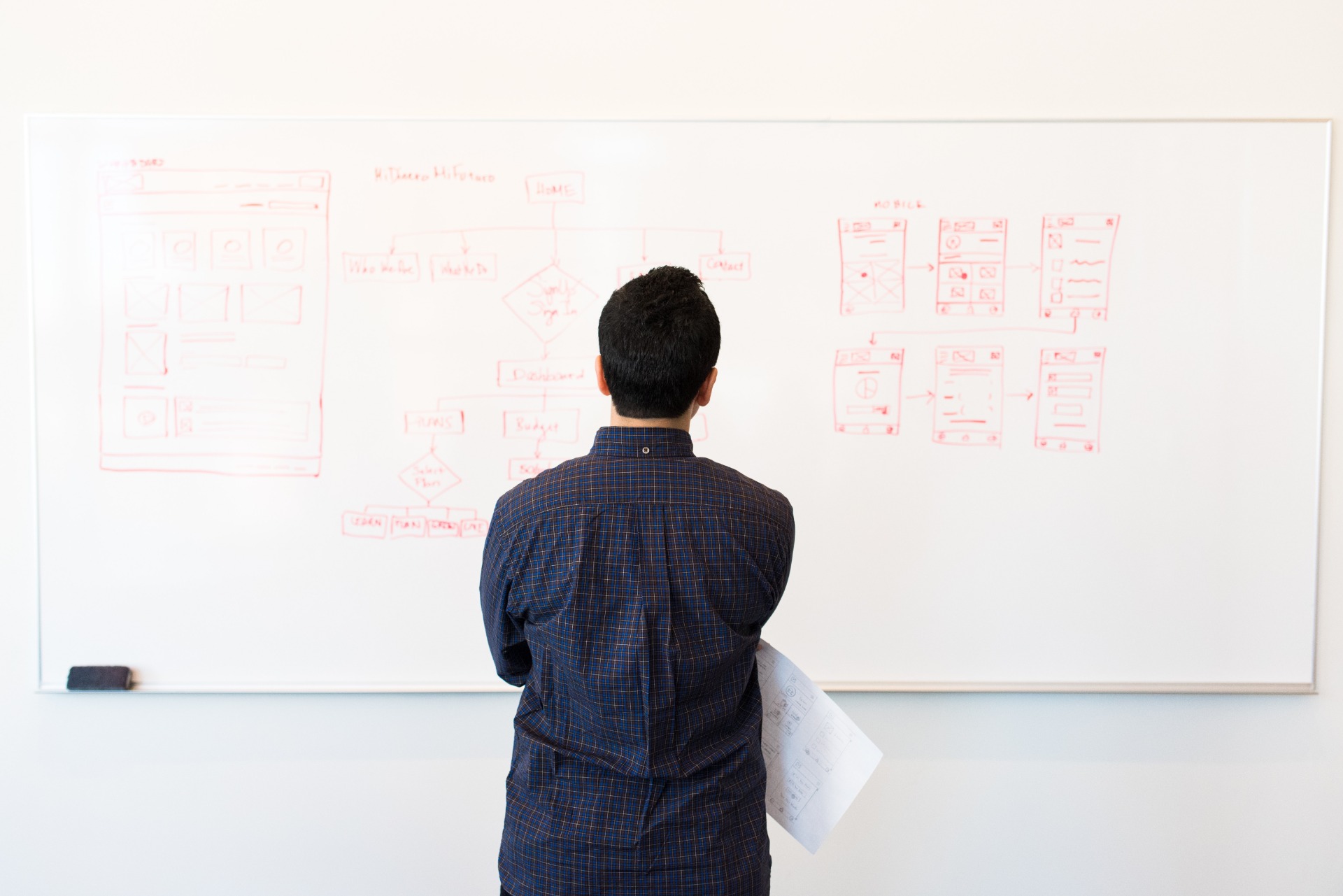What are RAMS Management and life cycle?
RAMS Management aims to reduce the incidence of failures and/or their consequences throughout the life cycle and, therefore, minimize residual risk resulting from these failures. Life cycle, being the basis of RAMS Management, consists of 3 main blocks:
- Risk assessment and specification.
- Implementation and demonstration that the system meets the requirements for which it has been designed.
- Operation, maintenance and withdrawal from service.

Life cycle of a system is a sequence of phases, each of which contains tasks that cover entire life of a system, from its concept -therefore, from before it was created- to withdrawn from service and its disposal.
Included in developments with RAMS implications, this working approach is considered vital, since it is not just affecting RAMS, but also the entire process of product and system development.
The idea behind phases of life cycle is the following:
- Having a common code to know the status of a product or a system with homogeneous planning in its service life.
- Ensuring going through all the logical but rigorous stages of a development + service + recall.
- Do not move on to next phases until the previous one has been consolidated. Phase-locked.
- Cost management, after the price.
- Delivery Time Management.
V-model representation assumes that acceptance activities are intrinsically linked to development activities, while what is really designed has to be finally checked in relation to the requirements.
Validation activities corresponding to the acceptance in several stages of a system are based on the system specification and must be designed and planned (how will I do it?) during early stages.
That is, I specify requirements and it already makes sense to prepare my validation plan. How will I validate these requirements? Obviously, the execution of the validation will be at the end of the V-model development.
In summary, in this way, RAMS Management serves so that, once defined all the phases of life cycle, with a V-model approach:
- For each phase, we must define previously what we will do, that is, we will not improvise: we plan and manage and;
- For each phase, we must define how we will consider one phase to be able to jump to the other;
- Human team must also be managed. That is, be clear about who does what and ensure (= demonstrate) that they are competent to carry out the entrusted activities.
At Leedeo Engineering, we are specialists in the development of RAMS Railway projects, applying the standards EN 50126, EN 50129, EN 50128, supporting at any required level the RAM and Safety tasks, in the development and certification of products and applications of safety.
Are you interested in our articles about RAMS engineering and Technology?
Sign up for our newsletter and we will keep you informed of the publication of new articles.


